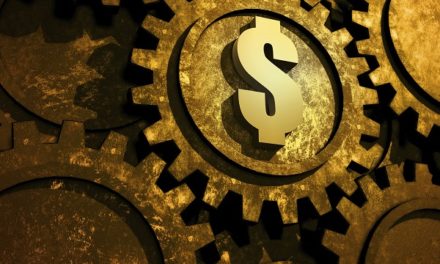
“When we own portions of outstanding businesses with outstanding managements, our favorite holding period is forever.”
— Warren Buffett
The above quote from Warren Buffett is timeless, and brings into focus the choice about time horizon that any investor should think about before buying a stock they are considering. Behind every stock is an actual business; what will that business look like over a two-decade period?
Today, let’s look backwards in time to 2004, and take a look at what happened to investors who asked that very question about Conagra Brands Inc (NYSE: CAG), by taking a look at the investment outcome over a two-decade holding period.
| Start date: | 01/26/2004 |
|
|||
| End date: | 01/24/2024 | ||||
| Start price/share: | $20.43 | ||||
| End price/share: | $29.41 | ||||
| Starting shares: | 489.48 | ||||
| Ending shares: | 946.23 | ||||
| Dividends reinvested/share: | $16.56 | ||||
| Total return: | 178.29% | ||||
| Average annual return: | 5.25% | ||||
| Starting investment: | $10,000.00 | ||||
| Ending investment: | $27,837.15 | ||||
As we can see, the two-decade investment result worked out well, with an annualized rate of return of 5.25%. This would have turned a $10K investment made 20 years ago into $27,837.15 today (as of 01/24/2024). On a total return basis, that’s a result of 178.29% (something to think about: how might CAG shares perform over the next 20 years?). [These numbers were computed with the Dividend Channel DRIP Returns Calculator.]
Many investors out there refuse to own any stock that lacks a dividend; in the case of Conagra Brands Inc, investors have received $16.56/share in dividends these past 20 years examined in the exercise above. This means total return was driven not just by share price, but also by the dividends received (and what the investor did with those dividends). For this exercise, what we’ve done with the dividends is to assume they are reinvestted — i.e. used to purchase additional shares (the calculations use closing price on ex-date).
Based upon the most recent annualized dividend rate of 1.4/share, we calculate that CAG has a current yield of approximately 4.76%. Another interesting datapoint we can examine is ‘yield on cost’ — in other words, we can express the current annualized dividend of 1.4 against the original $20.43/share purchase price. This works out to a yield on cost of 23.30%.
One more piece of investment wisdom to leave you with:
“Although it’s easy to forget sometimes, a share is not a lottery ticket… it’s part-ownership of a business.” — Peter Lynch




